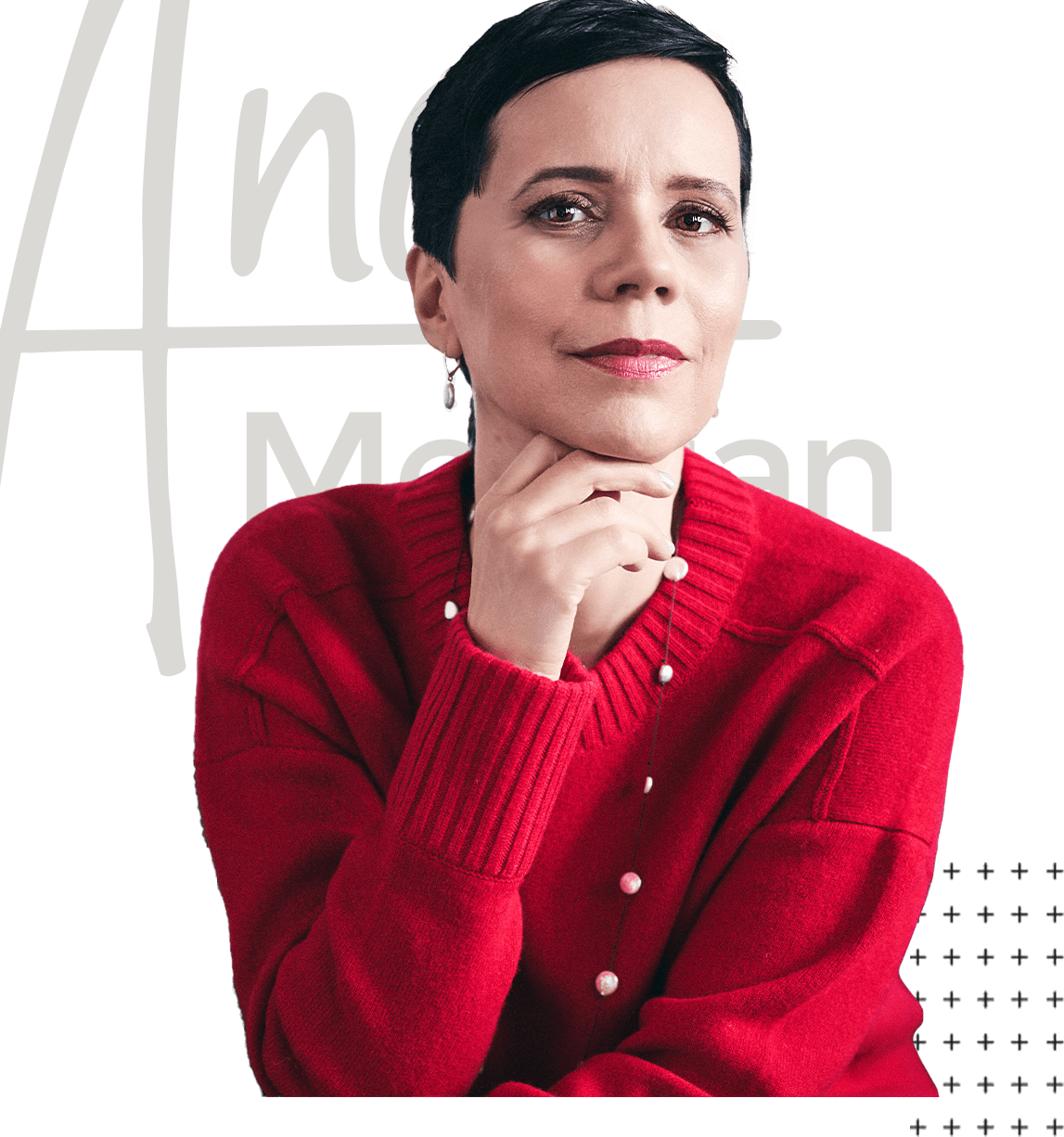The Other Side of Mindset Limitations
Podcast: Play in new window | Download | Embed
In a previous episode, I spoke about “mindset limitations” as some of the beliefs, conscious or unconscious, that constrain the way we see, think, and feel the world around us. I explore some of my own mindset blind spots around the pursuing happiness fallacy. Here, I want to focus on the other side of mindset limitations.
The term “mindset” in itself has become very popular. If we google the word, we get more than 150 million results. In Amazon’s books, more than 50 thousand results for “mindset” come up – 20 thousand in book titles. On ListenNotes.com, a great podcast search engine reveals 2,432 with “mindset” in the show title. And I’m thrilled to inform you that at the time of this recording, our very own Mindset Zone, is number two on that list.
Self-help books, like “The Secret” have popularized the idea that our thoughts are the primary cause of everything. This principle is also core for many high-performance systems. One of my favorites, The 12 Week Year: Get More Done in 12 Weeks Than Others Do In 12 Months, Brian P. Moran explicitly argues “It’s important to understand that the results you achieve are a direct byproduct of the action you take. Your actions, in turn, are manifestations of your underlying thinking. Ultimately, it is your thinking that drives your results; it is your thinking that creates your experiences in life.” In sum, the more prevailing perspectives see our mindsets–the way we think, and the beliefs we have–determining what we do and the results we get.
Even the well-researched CBT, Cognitive Behavioral Therapy–a form of talk therapy that has been demonstrated to be effective for a range of problems including depression, anxiety disorders, alcohol and drug use problems, marital problems, eating disorders, and severe mental illness–focuses on changing thinking patterns. A basic CBT technique, originally developed by Albert Ellis, is known as the ABC model, and it assumes our beliefs about a specific event affect how we react to that event, being its goal to help us restructure these beliefs to adapt a healthier response. For instance, you sent an important email out with a proposal that if accepted can help you achieve your goals for your next quarter, but one week has passed and you didn’t get any reply. This can be seen as the Activation event, the A in this ABC model. This situation can lead to negative feelings, emotions, like anxiety, fear, lack of confidence that can lead to procrastination, or inaction. These emotional responses and behaviors are the Consequences, the C in the ABC model. So, the B is at the center of the model and represents the Beliefs that are triggered by A, and are the real cause of C. So, the goal is to change the B, the Beliefs, to change underlying thoughts. So, for example, when you haven’t yet heard back about that proposal, instead of thinking, “How awful! I'm never going to be good at this!” which will most certainly lead to less than optimal feelings, and probably a lack of action. You can disrupt the self-fulfilling prophecy by changing your thoughts.
Thoughts. Feelings. Behaviors.
It’s easier to use a linear model to describe what is happening when we are trying to change. Yet, we can argue that this linear perspective is too simplistic, and that doesn’t allow us to see the whole multidimensional picture.
CBT acknowledges that our thoughts, feelings, and behaviors are all interconnected, but most of the time it focuses on changing thinking patterns first as if that was a unidirectional relationship. But if this was the case, gaining a new insight, or becoming aware of a thought pattern would be enough to change our feelings and behaviors, and we painfully live the reality that it’s not that easy.
Wouldn’t it be great if an inspiring TED talk was enough to change us?
Yes, it can ignite a spark that leads to change, but usually, there are more moving parts involved in the process of lasting change. Many times small behaviors can determine the way we think and feel. Consider the well-documented dopamine hits we get when we see a “Like” on one of our social media posts. We keep looking, waiting to see if there will be another one. So we can continue the high. We rationalize. We may even say to ourselves, “Likes show that people resonate with my opinion.” Or perhaps the likes feed our beliefs, “Someone cares.” This is an example of how small actions, in this case, looking at our phones, affect the way we think and the beliefs we have. How many of us believe that we must keep our phone around, just in case? How many of us feel anxious when we don’t have our phone at arm’s reach?
Another example would be, walking in nature or taking a shower. Doing one of these activities can absolutely help us to feel more relaxed, more in tune with nature and our bodies, and open our mind’s eye to new ideas and possibilities.
The other side of the mindset limitation is that mindset is not the end-all, do-all. Yes, changing our beliefs, our lenses, the ways we see the world, makes a huge difference but we need to do more than that. Mindsets have limitations too. To make things happen, we have to feel the energy and mood that helps us transform and live it in actions day in and day out. And let’s not forget the social contexts and the systems we are part of–but that’s a topic for another episode.
Sometimes, it’s easier to start with small actions, like exhaling fully, to the point that we activate the muscle in our belly, almost like a kid who is determined to blow out all the candles, even the tricky ones that light up again almost immediately. That simple act has the potential to change the way we feel and think too. Just give it a go.
Instead of seeing your thoughts, feelings, behaviors in a linear way, many times even in a unidirectional way, I would like to invite you to see them in a triangle, a form of three sides. If a triangle loses one of its sides, it ceases to exist. I even invite you to form a triangle with your hands. Your thumbs can connect to form the base of the triangle, the left fingers together can make another side, and the right fingers make the third side, touching each other at the top to form the triangle. Then you can imagine that one side of this triangle represents your thoughts or mindsets, another your feelings or emotions, and the other your actions or behaviors. You can expand a lot of possibilities this way.
Remember the example of the important email that was still unanswered one week later? That can trigger some anxiety, and judgy thoughts towards oneself “You didn’t write a strong enough proposal,” or towards others “How inconsiderate are they?” or even get overgeneralized and impact the way we see the world, “Not fair. This should be easier.” Looking at your triangle, you can start to focus on one action. For instance, breathing out fully–like the kid who is determined to blow those candles–you can let your body inhale deeper. From that place of connection with your breath, you can see things in front of you with more detail, colors look more vibrant. You can remember that stat you heard some time ago, that an average person can receive more than 100 emails per day. Maybe, you decide to send another email, phone or text the person confirming that they received your proposal. Why not?
After watching an inspiring TED talk or presentation, that elicits an insight or a new awareness, you can consider how that new thought reflects its power on the other sides of the triangle. How that new way of thinking is going to change your energy, how you feel, and how this will impact your day-to-day actions. What daily habits would be helpful to develop and sustain to make that mindset shift stick? And, as you move forward, what will you need to do to sustain the thinking required for the upleveled way you feel? How can you make this new way of being your default?
Yes, this is a more complex picture, and it also provides more entry points for change. We know that change is difficult. When the rubber meets the road, it’s easier to go back to old patterns of doing, feeling, and thinking. Yet, we can transform this almost into a game, a sandbox where we play, and try different options–that will expand what’s possible for you, for the ones around you, for the world.
“Wouldn’t it be great if an inspiring TED talk was enough to change us?”
~Ana Melikian, Ph.D.








